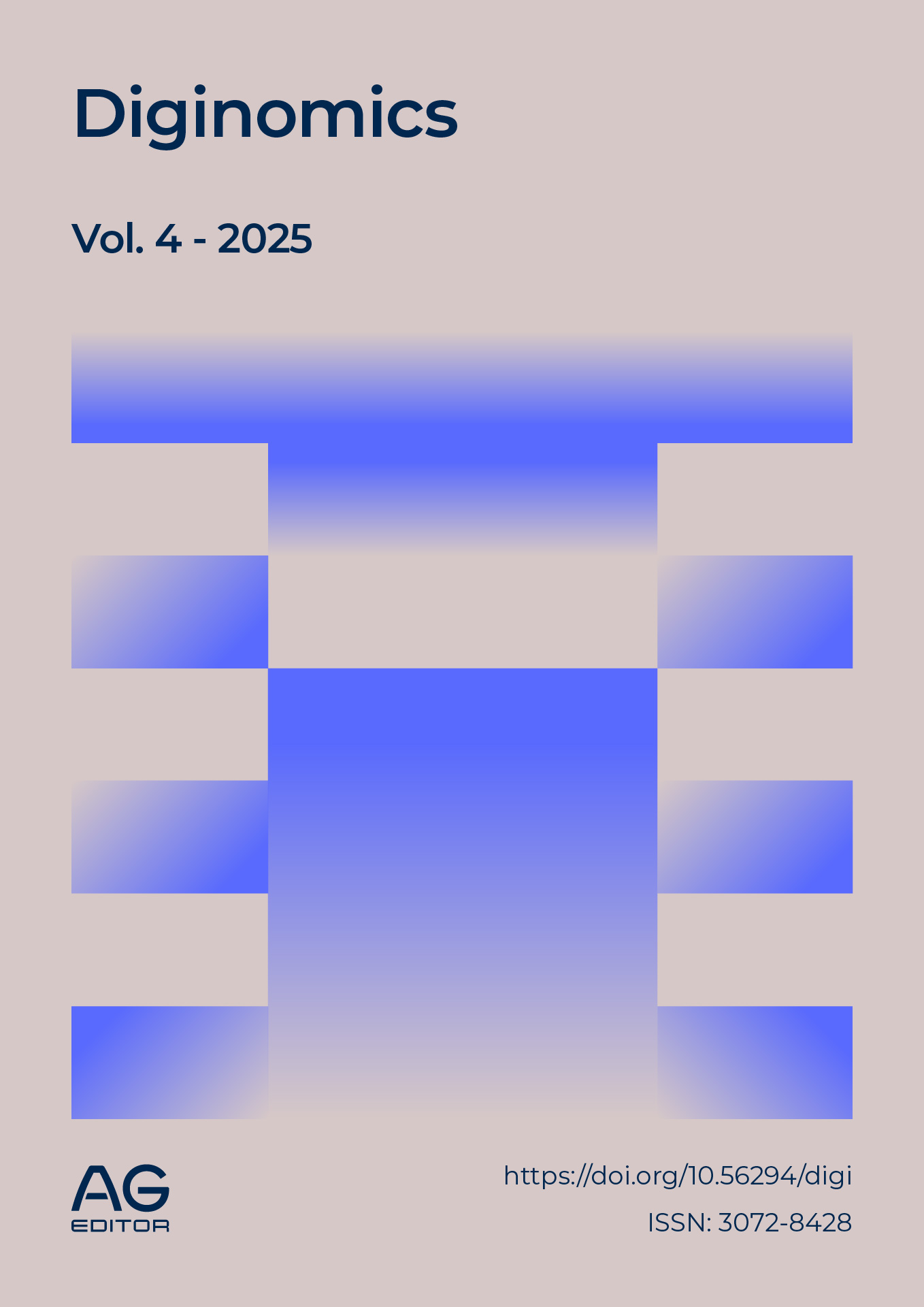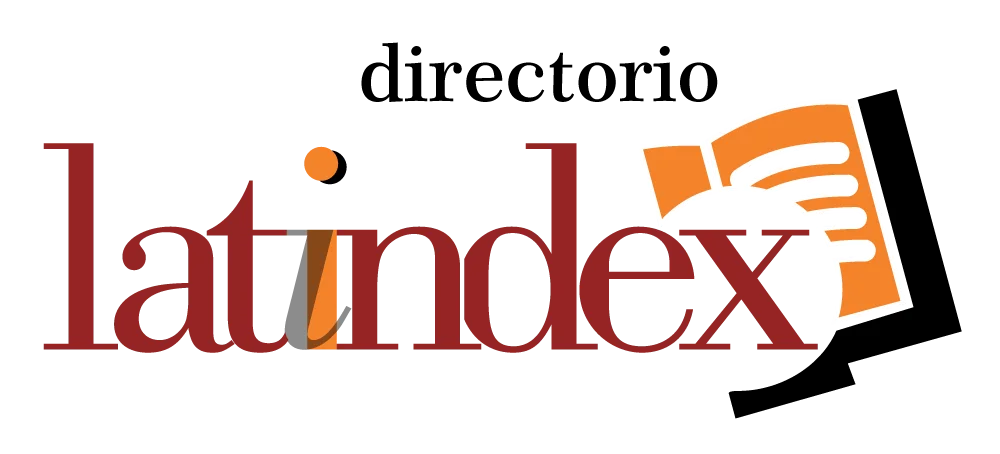The Double Edge of Absolute Trust: The Ethical Paradox of Blockchain
DOI:
https://doi.org/10.56294/digi2025150Keywords:
blockchain, immutability, decentralization, technological ethics, validationAbstract
Introduction:
The study examined blockchain technology as a pillar of Web3, highlighting its principles of immutability, transparency, and decentralization. It analyzed the paradox that these same virtues could become disadvantages when it was necessary to correct errors, delete data, or deal with malicious uses, generating legal and ethical tensions.
Development:
Cases and studies were reviewed that showed how immutability guaranteed integrity and resistance to censorship but was incompatible with rights such as the “right to be forgotten” under the GDPR. Situations were also documented in which decentralization empowered both legitimate actors and criminals, eliminating consumer protection mechanisms.
Faced with these dilemmas, solutions such as off-chain storage, updatable smart contracts, decentralized identity, and zero-knowledge proofs were evaluated. The proposal for double validation was highlighted, which incorporated a layer of smart contract verification to authenticate the origin and legitimacy of information before it was recorded. The validation of sensitive content by the people involved was also proposed as a strategy to prevent defamation, misinformation, or the dissemination of illegal material.
Conclusion:
The paper concluded that the potential of blockchain lay in its integration within an ethical, legal, and social framework. The implementation of mandatory verification and validation mechanisms strengthened accountability and individual protection, transforming blockchain into a tool that is not only secure and transparent, but also fair and socially responsible.
References
Atzei, N., Bartoletti, M., & Cimoli, T. (2017). A survey of attacks on Ethereum smart contracts. International Conference on Principles of Security and Trust, 164–186. https://doi.org/10.1007/978-3-662-54455-6_8
Back, A., Cascaval, M., & Dorri, A. (2014). Decentralized reputation management. IEEE P2P 2014 Proceedings, 1–8.
Benet, J. (2014). IPFS – Content addressed, versioned, P2P file system. arXiv preprint arXiv:1407.3561.
Ben-Sasson, E., Chiesa, A., Garman, C., Green, M., Miers, I., Tromer, E., & Virza, M. (2014). Zerocash: Decentralized anonymous payments from Bitcoin. 2014 IEEE Symposium on Security and Privacy, 459–474. https://doi.org/10.1109/SP.2014.36
Bernal Aragón, A. J. . (2024). Impacto de la tecnología blockchain en la auditoria financiera en Colombia. Actas Iberoamericanas En Ciencias Sociales, 2(1), 9-26. https://doi.org/10.69821/AICIS.v2i1.18
Buterin, V. (2014). A next-generation smart contract and decentralized application platform. Ethereum White Paper.
Christidis, K., & Devetsikiotis, M. (2016). Blockchains and smart contracts for the internet of things. IEEE Access, 4, 2292–2303. https://doi.org/10.1109/ACCESS.2016.2566339
Cong, L. W., He, Z., & Li, J. (2021). Decentralized finance: On blockchain- and smart contract-based financial markets. The Review of Financial Studies, 34(7), 3152–3190. https://doi.org/10.1093/rfs/hhab027
De Filippi, P., & Wright, A. (2018). Blockchain and the law: The rule of code. Harvard University Press.
Finck, M. (2019). Blockchain regulation and governance in Europe. Cambridge University Press.
Finck, M., & Pallas, F. (2019). Data protection and blockchain: A clash of paradigms? Computer Law & Security Review, 35(3), 277–288. https://doi.org/10.1016/j.clsr.2019.03.001
Fotă, A.-E., Expósito-Langa, M., Tomás-Miquel, J.-V., & Maldonado-Gómez, G. (2024). Dinámicas de innovación en el clúster vitivinícola de Alicante. El rol de la competencia relacional. Revista Multidisciplinaria Voces De América Y El Caribe, 1(1), 180-199. https://doi.org/10.69821/REMUVAC.v1i1.31
Floridi, L. (2019). The logic of information. Oxford University Press.
Foley, S., Karlsen, J. R., & Putniņš, T. J. (2019). Sex, drugs, and bitcoin: How much illegal activity is financed through cryptocurrencies? The Economic Journal, 129(618), 573–604. https://doi.org/10.1111/ecoj.12553
Lessig, L. (1999). Code and other laws of cyberspace. Basic Books.
Millán Tinoco, V., Hernández Vargas, A. D. ., & Aldazaba Jácome, G. . (2024). Indicadores logísticos como medidas de rendimiento para evaluar el desempeño en una cadena de trabajo. Revista Multidisciplinaria Voces De América Y El Caribe, 1(2), 328-349. https://doi.org/10.69821/REMUVAC.v1i2.97
Nakamoto, S. (2008). Bitcoin: A peer-to-peer electronic cash system. https://bitcoin.org/bitcoin.pdf
Sandvig, C. (2013). Anonymity, surveillance, and the case for privacy. Daedalus, 142(1), 29–39. https://doi.org/10.1162/DAED_a_00187
Suescum Coelho, C., & Suescum Coelho, C.-E. . (2025). Sostenibilidad empresarial: descifrando el código para el nuevo estándar en la toma de decisiones. Actas Iberoamericanas En Ciencias Sociales, 3(1), 120-136. https://doi.org/10.69821/AICIS.v3i1.84
Swanson, E. (2015). The economic fundamentals of Bitcoin. https://unenumerated.blogspot.com/
Tapscott, D., & Tapscott, A. (2016). Blockchain revolution: How the technology behind Bitcoin is changing money, business, and the world. Penguin.
U.S. Department of the Treasury. (2022). Treasury sanctions cryptocurrency mixer Tornado Cash. https://home.treasury.gov
Voshmgir, S. (2020). Token economy: How the Web3 reinvents the internet. Token Kitchen.
W3C. (2022). Decentralized Identifiers (DIDs) v1.0. https://www.w3.org/TR/did-core/
Werbach, K. (2018). The blockchain and the new architecture of trust. MIT Press.
Zittrain, J. (2008). The future of the Internet and how to stop it. Yale University Press.
Zyskind, G., Nathan, O., & Pentland, A. (2015). Decentralizing privacy: Using blockchain to protect personal data. 2015 IEEE Security and Privacy Workshops, 180–184. https://doi.org/10.1109/SPW.2015.27.
Published
Issue
Section
License
Copyright (c) 2025 José Martin Leonardo Marquez Vaamonde (Author)

This work is licensed under a Creative Commons Attribution 4.0 International License.
The article is distributed under the Creative Commons Attribution 4.0 License. Unless otherwise stated, associated published material is distributed under the same licence.





